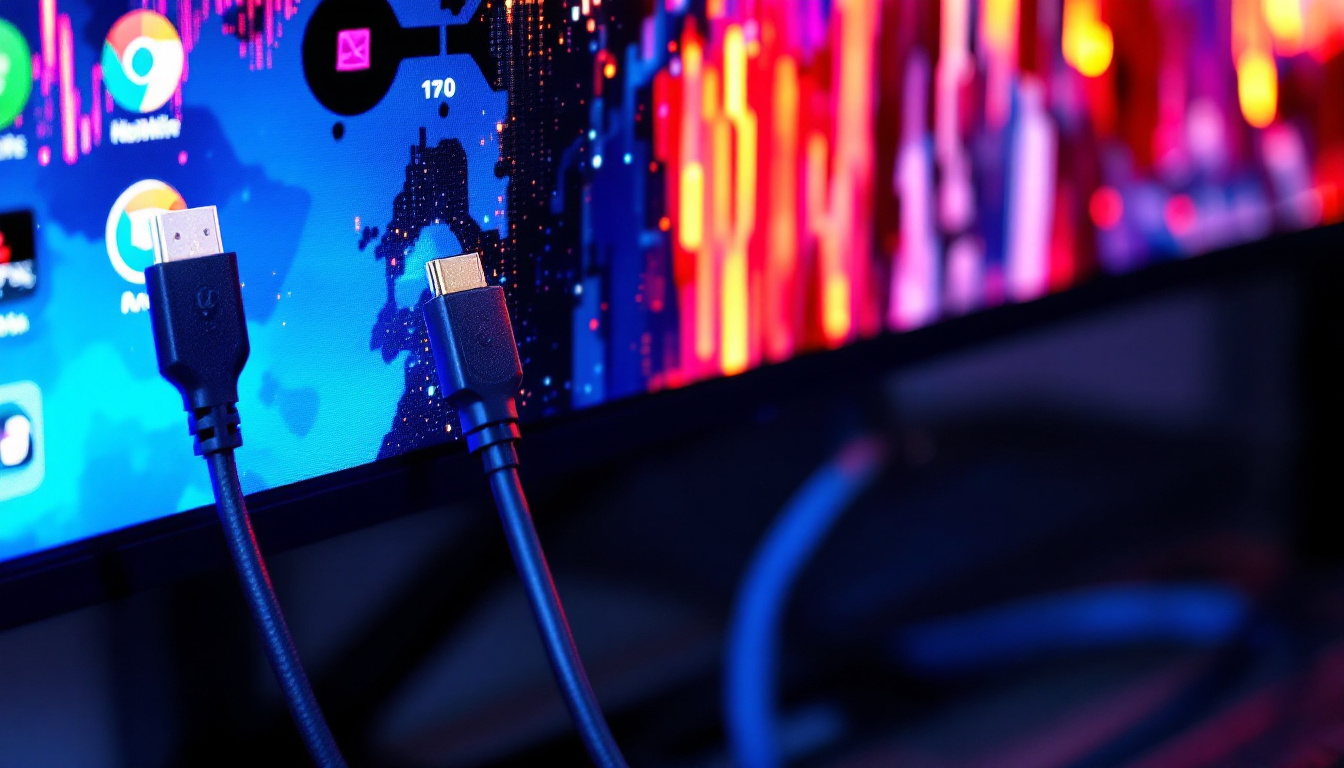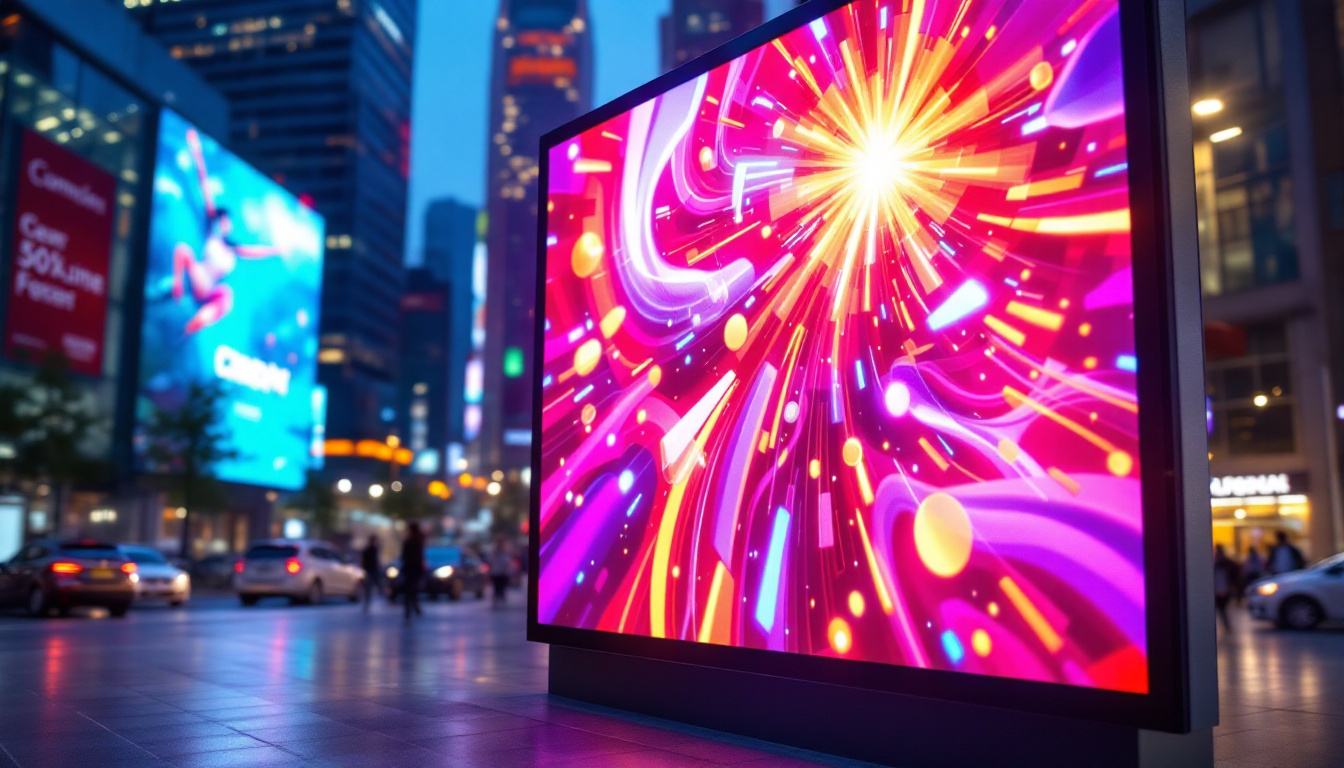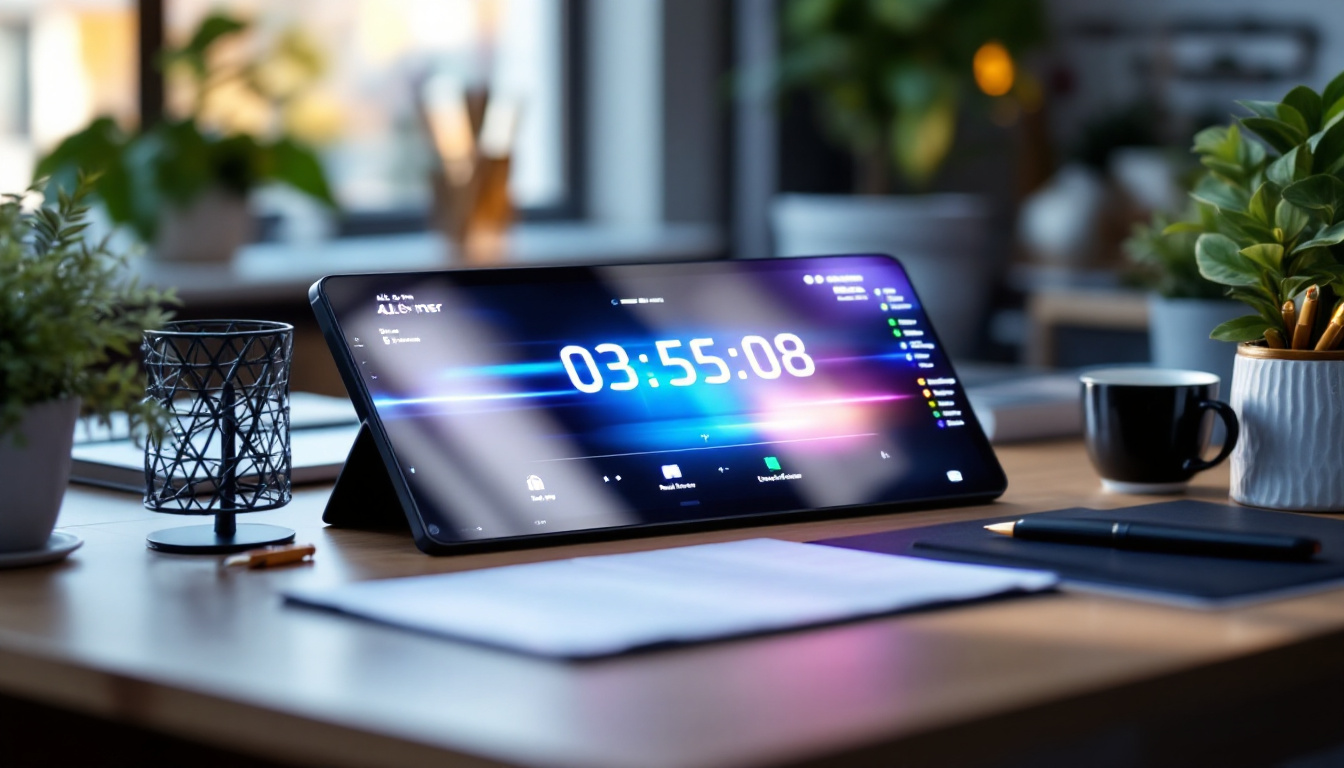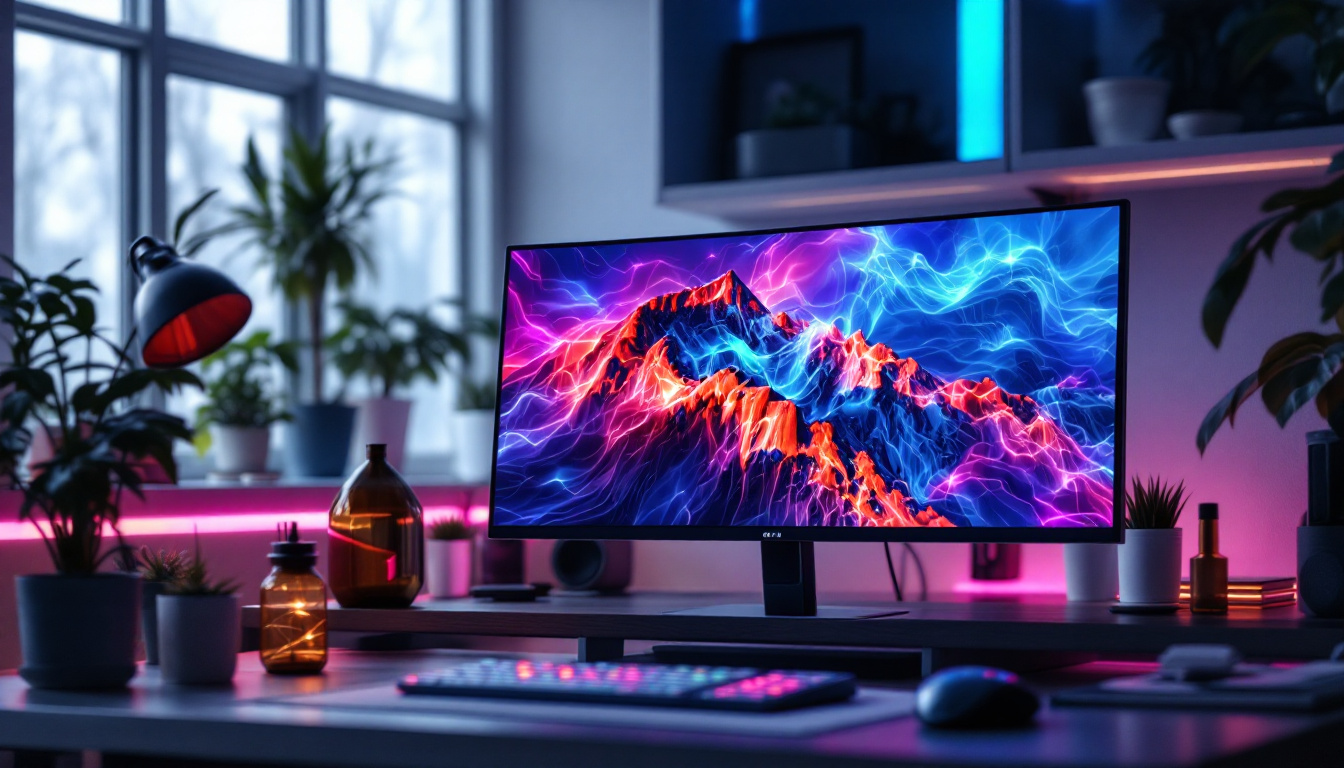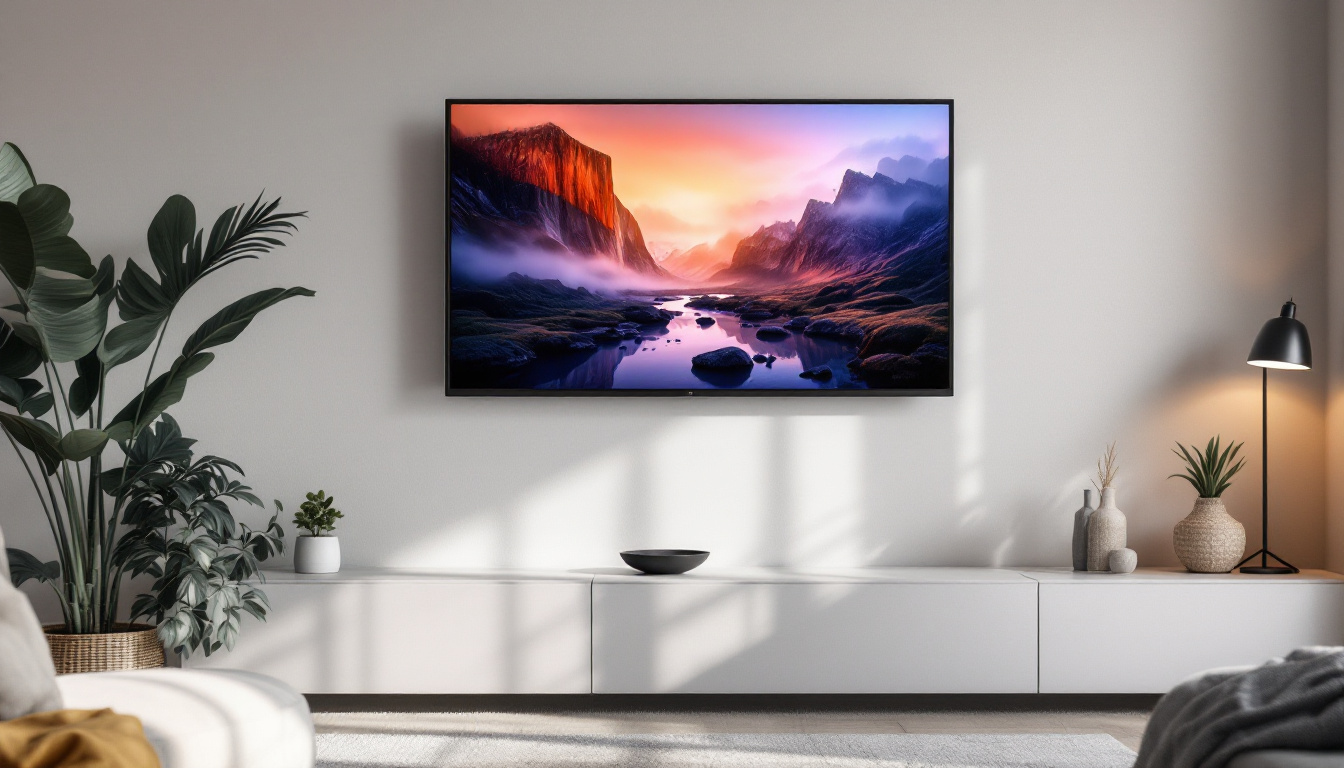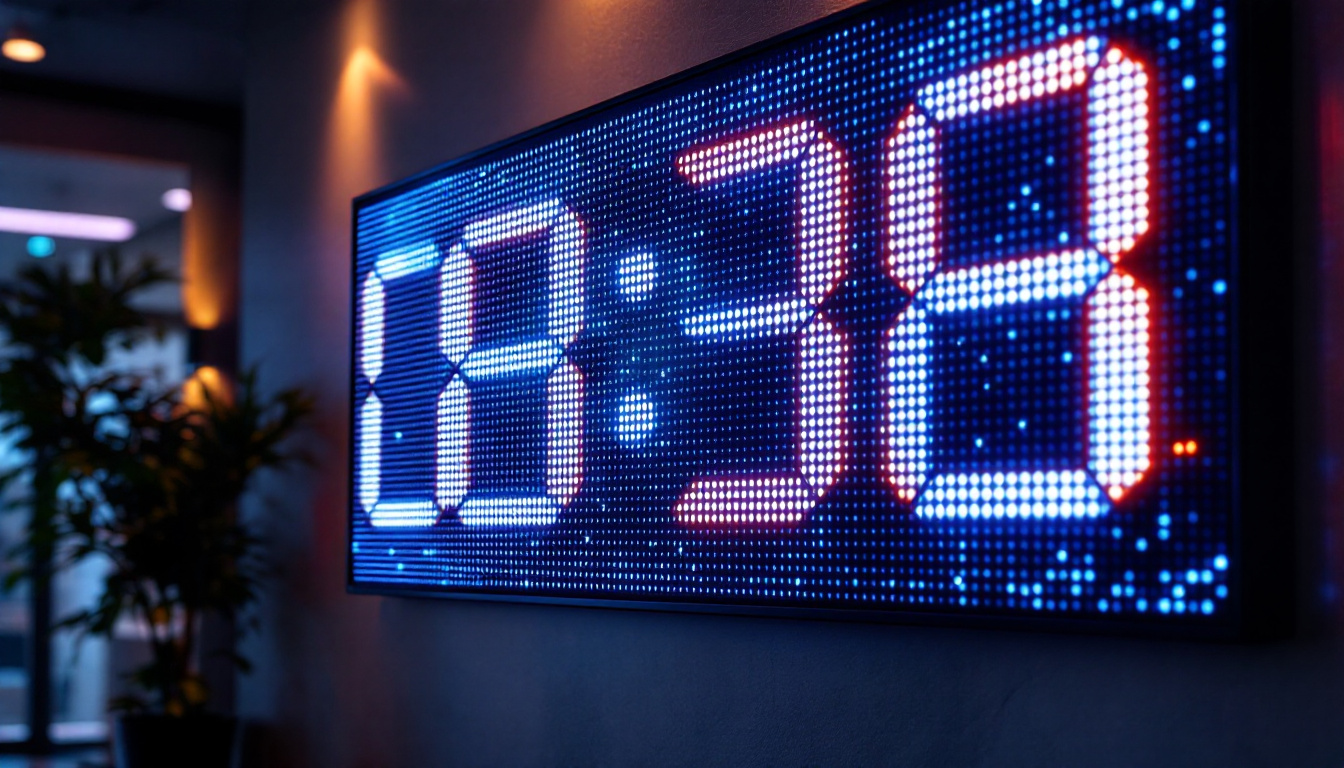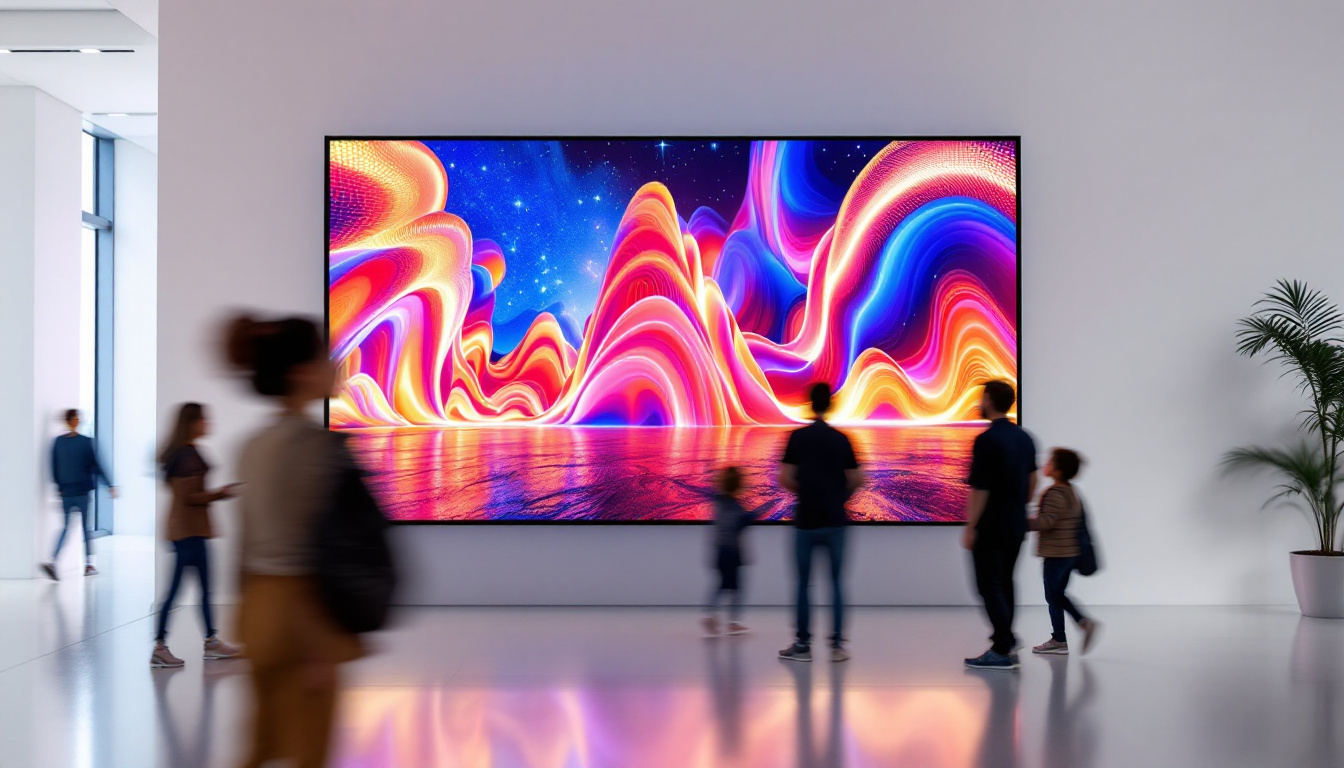In the rapidly evolving world of technology, the thin touch screen monitor has emerged as a versatile solution for both personal and professional use. These sleek devices not only save space but also enhance user interaction through their intuitive touch capabilities. This article delves into the intricacies of thin touch screen monitors, particularly focusing on LED display technology, its benefits, and applications.
Understanding Thin Touch Screen Monitors
Thin touch screen monitors combine the functionalities of traditional monitors with the interactive features of touch technology. Their design is characterized by a slim profile, making them ideal for environments where space is at a premium. These monitors are widely used in various sectors, including retail, education, healthcare, and corporate settings. Their versatility allows them to serve multiple purposes, from displaying information to facilitating interactive learning and customer engagement.
Key Features of Thin Touch Screen Monitors
Thin touch screen monitors come equipped with several features that enhance user experience. The most notable among these is the touch interface, which allows users to interact directly with the display. This feature eliminates the need for traditional input devices like a mouse or keyboard, streamlining the interaction process. Furthermore, many models support gestures such as pinch-to-zoom and swipe, which can significantly enhance navigation and usability in applications ranging from digital signage to educational software.
Another key feature is the LED backlighting technology, which provides vibrant colors and sharp images. This not only improves the visual appeal of the monitor but also enhances energy efficiency, making LED displays a sustainable choice for consumers. Additionally, many thin touch screen monitors feature anti-glare coatings, which reduce reflections and improve visibility in brightly lit environments, ensuring that users can see the display clearly regardless of the lighting conditions.
Types of Touch Technologies
There are several types of touch technologies used in thin touch screen monitors, each with its unique advantages. The most common types include resistive, capacitive, and optical touch screens. Resistive touch screens are known for their affordability and durability, making them suitable for various applications. However, they may not provide the same level of sensitivity as capacitive touch screens, which are favored for their responsiveness and multi-touch capabilities. Capacitive screens, utilizing the electrical properties of the human body, offer a more intuitive user experience, allowing for smoother interactions and faster response times.
Optical touch screens, on the other hand, utilize cameras to detect touch and are often found in larger displays. They offer a high level of accuracy and can support multiple users simultaneously, making them ideal for collaborative environments. This technology is particularly advantageous in settings like conference rooms or classrooms, where several individuals may need to interact with the screen at once. Furthermore, optical touch screens can be designed to be more robust, as they are less susceptible to wear and tear compared to their resistive counterparts, making them a long-lasting solution for high-traffic areas.
The Role of LED Technology
LED (Light Emitting Diode) technology has revolutionized display screens, including thin touch screen monitors. The advantages of LED displays extend beyond aesthetics; they also contribute to improved performance and energy efficiency.
Benefits of LED Displays
The primary benefit of LED displays is their superior brightness and contrast. This makes them suitable for use in various lighting conditions, ensuring that the screen remains visible even in brightly lit environments. Additionally, LED technology allows for a wider color gamut, resulting in more vibrant and lifelike images.
Another significant advantage is energy efficiency. LED displays consume less power compared to traditional LCD screens, which is not only cost-effective but also environmentally friendly. This energy efficiency is particularly beneficial for businesses looking to reduce operational costs while maintaining high-quality displays.
Longevity and Durability
LED displays are known for their longevity, often lasting significantly longer than traditional display technologies. This durability translates to lower maintenance costs and less frequent replacements, making them a wise investment for both individuals and organizations.
Moreover, thin touch screen monitors with LED technology are generally more resistant to physical damage, such as scratches and impacts. This durability is crucial in high-traffic environments, where monitors are subject to frequent use and potential wear and tear.
Applications of Thin Touch Screen Monitors
The versatility of thin touch screen monitors allows them to be used across various industries. Their applications range from interactive kiosks in retail to advanced medical displays in healthcare settings.
Retail and Customer Engagement
In retail environments, thin touch screen monitors are used to create interactive displays that engage customers. These monitors can showcase products, provide information, and even facilitate transactions, enhancing the overall shopping experience. Retailers benefit from the ability to update content quickly and easily, ensuring that customers always have access to the latest promotions and information.
Moreover, the touch capability allows customers to interact with products virtually, enabling them to explore features and specifications without the need for assistance from staff. This self-service model not only improves customer satisfaction but also frees up employees to focus on other tasks.
Education and E-Learning
In educational settings, thin touch screen monitors are transforming the way students learn. These interactive displays facilitate collaborative learning, allowing multiple students to engage with the content simultaneously. Teachers can use these monitors to present lessons, conduct quizzes, and encourage group discussions, making learning more dynamic and interactive.
The integration of technology in classrooms has proven to enhance student engagement and retention, as interactive lessons often lead to better understanding and participation. Furthermore, e-learning platforms leverage thin touch screen monitors to provide a more immersive online learning experience.
Healthcare Innovations
In the healthcare sector, thin touch screen monitors are becoming increasingly prevalent. They are used in patient care settings for displaying medical records, facilitating telemedicine consultations, and even assisting in surgical procedures. The ability to interact with the display directly allows healthcare professionals to access vital information quickly and efficiently.
Additionally, these monitors can be used for patient education, enabling healthcare providers to share information about treatments, medications, and procedures in a visually engaging manner. This not only improves patient understanding but also fosters a sense of involvement in their own care.
Choosing the Right Thin Touch Screen Monitor
Selecting the appropriate thin touch screen monitor involves considering several factors, including size, resolution, touch technology, and connectivity options. Each of these elements plays a crucial role in determining the monitor’s suitability for specific applications.
Size and Resolution
The size of the monitor should be determined by the intended use and available space. Larger displays are ideal for collaborative environments or retail settings where visibility is key, while smaller monitors may suffice for personal use or limited space applications. Resolution is equally important; higher resolutions provide clearer images and more detail, enhancing the overall user experience.
For instance, a monitor with a 4K resolution will deliver significantly sharper visuals compared to a standard HD display, making it a better choice for applications that require precision, such as graphic design or video editing.
Touch Technology Considerations
When choosing a thin touch screen monitor, the type of touch technology should align with the intended use. Capacitive touch screens are ideal for environments requiring quick and responsive interaction, while resistive screens may be more suitable for applications where durability is paramount.
Additionally, consider whether multi-touch functionality is necessary. In collaborative settings, the ability for multiple users to interact with the screen simultaneously can enhance productivity and engagement.
Connectivity and Compatibility
Connectivity options are another crucial consideration. Ensure that the monitor is compatible with existing devices and systems. Common connectivity options include HDMI, USB, and DisplayPort, which facilitate seamless integration with computers, tablets, and other peripherals.
Moreover, some monitors offer wireless connectivity features, allowing for a more flexible setup without the clutter of cables. This can be particularly beneficial in environments where mobility and adaptability are essential.
Future Trends in Thin Touch Screen Monitors
The future of thin touch screen monitors looks promising, with ongoing advancements in technology and design. As consumer demands evolve, manufacturers are continually innovating to enhance functionality and user experience.
Integration with Smart Technologies
One of the most significant trends is the integration of smart technologies into thin touch screen monitors. This includes features such as voice recognition, artificial intelligence, and IoT connectivity. These advancements allow for more intuitive interaction and the ability to control other smart devices directly from the monitor.
For example, in smart homes, a thin touch screen monitor could serve as a central hub for managing lighting, security systems, and entertainment devices, all through a simple touch interface.
Enhanced User Experience through Augmented Reality
Another exciting development is the potential for augmented reality (AR) integration. This technology can create immersive experiences by overlaying digital information onto the real world, enhancing the way users interact with content on the screen. In retail, for instance, AR can allow customers to visualize products in their own space before making a purchase.
As AR technology continues to advance, the possibilities for thin touch screen monitors in various applications are virtually limitless, paving the way for more engaging and interactive experiences.
Focus on Sustainability
As environmental concerns become increasingly prominent, manufacturers are also focusing on sustainability in their production processes. This includes using eco-friendly materials and designing products that are energy-efficient and recyclable. Consumers are becoming more conscious of their choices, and sustainable practices are likely to influence purchasing decisions in the future.
By prioritizing sustainability, manufacturers not only contribute to environmental preservation but also appeal to a growing demographic of eco-conscious consumers.
Conclusion
The thin touch screen monitor represents a significant advancement in display technology, combining sleek design with interactive capabilities. With the integration of LED technology, these monitors offer numerous benefits, including energy efficiency, durability, and superior image quality.
As industries continue to adopt these monitors for various applications, the potential for innovation remains vast. From enhancing customer engagement in retail to transforming educational experiences and improving patient care in healthcare, thin touch screen monitors are poised to play a crucial role in shaping the future of technology.
Choosing the right monitor involves careful consideration of features, technology, and intended use. By staying informed about the latest trends and advancements, consumers and businesses can make educated decisions that align with their needs and goals.
Discover the Future of Interactive Displays with LumenMatrix
Ready to elevate your space with the latest in LED display technology? Look no further than LumenMatrix, where innovation meets visual excellence. Our comprehensive range of solutions, from Indoor and Outdoor LED Wall Displays to specialized options like Vehicle and Sports LED Displays, is designed to transform your environment and captivate your audience. Whether you’re looking to create an immersive retail experience, an engaging educational platform, or a dynamic healthcare communication tool, LumenMatrix has the cutting-edge technology to bring your vision to life. Check out LumenMatrix LED Display Solutions today and join the revolution in visual communication.







